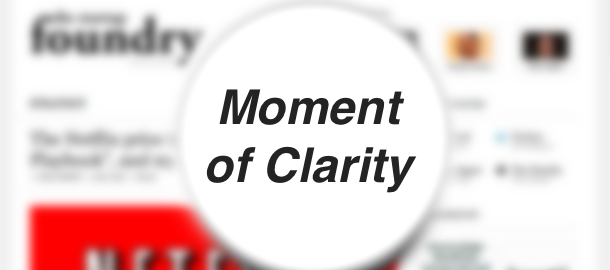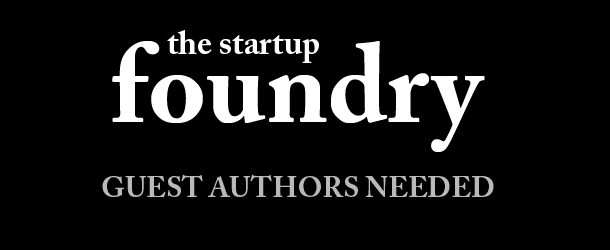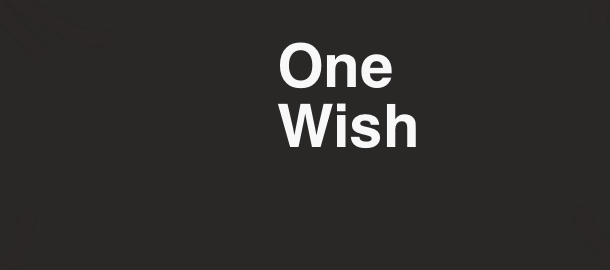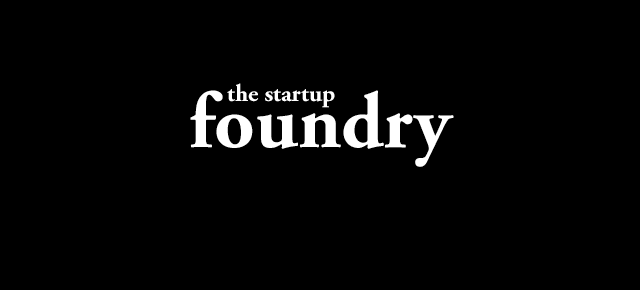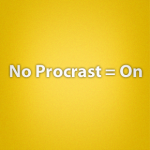7 Tips for Scoring Your First Article

My first big shock in my journey into the startup world came after my roommate and I built our first product together. We pasted the link all over Facebook, tweeted it out, and told our friends and family about it. I even spent a week hand-drawing three hundred pictures to make a traditional animation commercial for our website and put it on Youtube. And after all that effort, my roommate and I were still the only ones using it a month later. That’s when it hit me –
Nobody on the Internet cares or knows about what I’m doing.
And that’s how it will always be at the onset of anything, because ours is the generation of noise. There is an incredible amount of noise on the Internet, even in a subject as specific as ‘startup.’ So how do you cut through the noise and reach your target audience? These 7 tips should help you get started.
1. Do your homework
There are a slew of blogs out there about how NOT to suck at Public Relations. http://proprtips.com/ is a great one, as the author is a journalist for CNET and hears pitches all the time. http://dearprflack.com/ is another blog where contributors share their PR horror stories. http://badpitch.blogspot.com/ has great general advice about Public Relations.
2. Do your homework
You can’t just cold call or email people and expect to siphon value from them without building a relationship and offering them value first. Before asking someone to write about you, your product, or your service, read their ‘About Me’ and find out what kinds of stories they cover. They might write about tech, but do they write about mobile apps? Do they do product reviews or write an advice column? If they can tell that you’ve read their recent work and you can spell or pronounce their name correctly, you’ll already stick out from the flack.
3. “Be the ball”
You need to think like your target market. Imagine, or better yet, ask what their problems are. Use their keywords to search for a solution, and see what blogs or news sites come up. Ideally, this is where you’d like your product or service to be talked about. Find out who writes about the topic relevant to your market and start building that relationship with them.
4. Less is more
Coming from a philosophy background, it pains me to say “less is more.” But when it comes to PR, lesser known blogs or news sites may be more likely to listen to you. You could spend a month trying to get one email response from a Lifestyles columnist at the New York Times, or you could be building relationships with all the mommy-bloggers that your target market reads and trusts.
5. Take notes
You won’t remember everything about every relationship you try to build. Use some sort of CRM tool or note-taking tool to give you that superhuman memory about everyone that you interact with. Take notes after every point of interaction, whether it be an email or a phone call. The more details you remember about your interaction with people, the more trust you can develop.
6. The ask
Don’t waste anyone’s time with fluff; the language you use talking to writers should be completely different from that which you use to market your product. Let them know what your product or service does in exactly as many words as necessary and no more. Thank them for their time and definitely don’t harass them if they don’t respond in five minutes.
7. Stop reading
This is something I struggle with all the time – I love reading about how to do things so much that I never do them! You can’t learn skills by reading facts; procedural knowledge and propositional knowledge are handled by different parts of your brain. So stop reading and start practicing. Experiment with different ideas and measure what works and what doesn’t work.
Bonus tip: Write your own publicity. Look for a blog or news source that is taking guest authored articles and see how you can help… This was a guest post written by Austin Ball.
You should follow us on twitter @startupfoundry or on Facebook.
